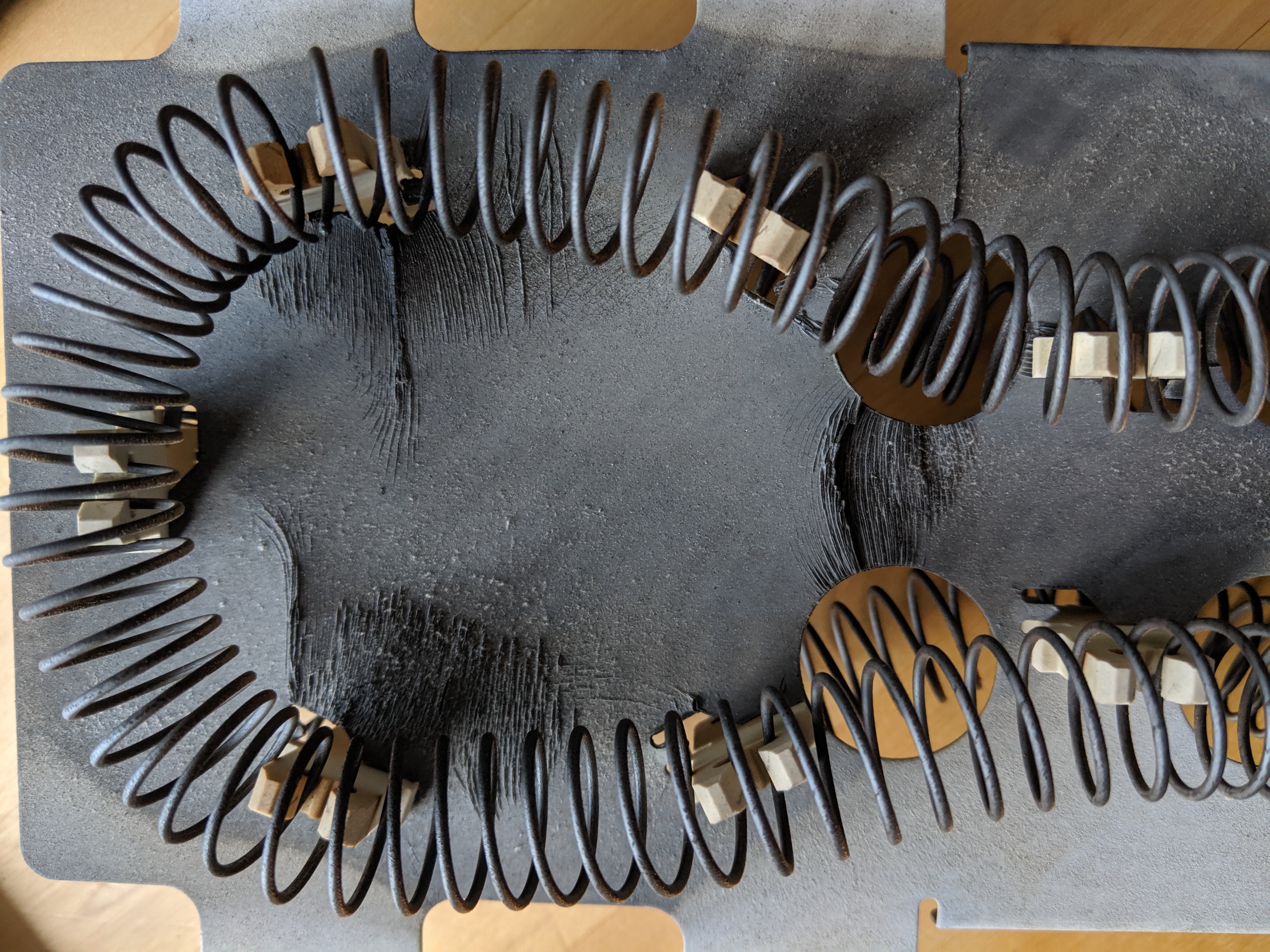For the past five months, my professional life has been a roller-coaster ride. My research is now a constant source of stress, as deadlines rapidly approach and MANY questions need to be answered. Adding to this is a broader concern about the future of my own field in this country. High-energy physics, a field which the U.S. helped build to its modern state after World War II, has helped to put us in a position of world leadership in technology, education, and basic research. HEP inspires young men and women with its big questions about the origin and nature of space, time, energy, and matter. It tantalizes the growing mind with hints and clues to those questions: Maxwell’s equations, relativity, the Standard Model. Even those who don’t remain in the field take their skills in problem solving, electronics, engineering, and computing to other fields and into industry.
But the pipeline is threatened, and not just in this field. In almost all fields of the physical sciences, the U.S. is either at a cross-roads or in decline. This is not because there is a lack of compelling problems to solve. Quite the contrary. In particle physics, this is “a time rivaled ONLY by the excitement at the turn of the 20th century”:http://interactions.org/quantumuniverse/. The challenges of dark matter and dark energy, the mystery of the matter/antimatter asymmetry, the curiosity of unification and the wild multiplicity of fundamental building blocks all present us with an opportunity to pursue aggressive programs in astrophysics, collider physics, neutrino physics . . . the list goes on and on.
Within particle physics, it’s pretty clear that the “Large Hadron Collider”:http://www.interactions.org/LHC/ at CERN is the highest priority program in the next decade. It has been a challenge to this field to conceive it, build it, and soon, run it. Thousands of particle physicists from all over the globe are converging on CERN, more with each passing month, as the ATLAS and CMS collaborations get ready to catch the collisions of the great LHC physics engine.
What is less clear is what happens to us all after the LHC. It may seem odd to worry about what to do after an experiment which (a) hasn’t started running yet and (b) is expected to last close to 20 years. However, particle physics is a field in which long-term vision and a commitment to the questions are critical to forging a path into the unknown. Even for experiments that are comparatively small when juxtaposed with the LHC, we plan and worry and test and build years in advance of running the actual experiment.
The thing that weighs most on me now is that the field *feels* like it’s beginning to fracture. In the “wake of the EPP2010 report”:http://www7.nationalacademies.org/bpa/EPP2010.html, I have had many conversations with my colleagues about our field and the three-letter acronym that is becoming a four-letter word with some physicists: ILC, the International Linear Collider. I’ve even had a fight with Jodi about this thing. The argument always centers around two issue, the very issues the EPP2010 committee worried about: will the ILC gobble up the budgets of all other programs (the “all the eggs in one basket” argument), and how do we trains students and post-docs on an experiment that is perhaps a decade away (the “students and post-docs can’t get jobs if they don’t work on a running experiment” argument)?
I am not trivializing these arguments. They are **absolutely critical questions** that all of us must answer. Tackling them will take professional courage and a lot of ingenuity, and that is what I want all of my colleagues to understand. As a post-doc, I deeply understand the problem of advancing a career while also keeping a focus on the future. However, I also understand that if we never try, we will never achieve. As a person who has been recently involved in neutrino physics, I understand the fear that a big ILC budget will eat the little budgets of other projects. However, if we stand up and state what is important to us, with the understanding that the ILC represents a nexus for advancing our field on many fronts (science, technology, and engineering), we can have our small science while making investments and commitments to a large, central project.
It doesn’t have to be about giving up the science we love for the science we’re told to do. Many of us have felt for a decade that the ILC is critical in understanding the mysteries that could be revealed by the LHC. I am beginning to understand the importance of the ILC as a discovery engine, complementary to the LHC but also independently powerful in its breadth. Now is the time to work with the whole field, and other fields of science, and the American people, and talk to them about the science we do and the science we will do, if we have the tools. Now is the time to understand the reasons for the ILC, to understand how a central project can benefit the smaller programs, and to offer the public and our fellow scientists a chance to share in the wonder of particle physics. Most importantly, now is the time to stand up to our funding agencies and declare the importance of the physics experiments we have planned, how they fit into a schedule of priorities, and how we can pursue them. If we do not do this last thing, then the funding agents will make autocratic decisions about the future of this field.
The DOE, for instance, has not had a new initiative in the last 3-5 years. Many projects have been cancelled either by committee or by unilateral action. These agencies are supposed to serve the science, not the other way around. Before we can chart a road built on clear scientific consensus, we have to also work to engage the funding agencies and show them that there is science we cannot afford not to fund.



